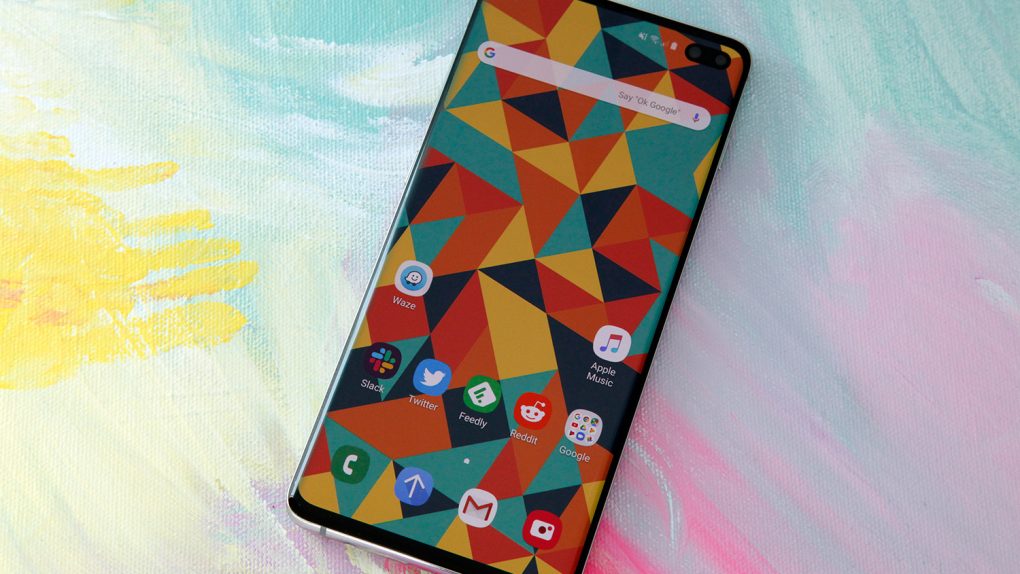We’re just about a month away from Samsung’s first major smartphone release of the year, and Samsung is doing things a little differently than before. Rather than unveiling the next Galaxy S at MWC in late February, as it used to happen in recent years, Samsung scheduled a separate press event that precedes the event, just like last year. But this time around, Samsung is giving itself even more time, by unveiling the next-gen flagship some two weeks before the trade show. 2020 will also mark another change for the Galaxy S line if all the rumors are correct. Samsung will implement a brand new naming scheme, replacing the expected S11 moniker with S20. The Galaxy S20 will look a lot like the Galaxy Note 10 when it comes to screen design, but the phone will sport at least a couple of signature features that will help you tell it apart from its predecessors.
The Galaxy S20 phones are all expected to feature high-refresh-rate screens as well as a significantly upgraded multi-lens camera system on the back.
First introduced by gaming smartphones, high-refresh displays provide a smoother overall experience. Last year, non-gaming smartphones including the new OnePlus 7 and Pixel 4 came with 90Hz refresh rate screens, while Samsung stuck with the regular 60Hz displays that equip most smartphones.
But one of the first Galaxy S20 rumors that we saw last year claimed the phones would feature 90Hz or 120Hz screens. A well-known leaker who previously delivered some of these rumors is back with more details about them. According to Ice Universe, the Galaxy S20 phones will have 2K 120Hz displays — that’s a 2K resolution display running at 120Hz:
It is confirmed that 2K 120Hz will not be cancelled. This is a misunderstanding. You will not miss the perfect combination of the best display and the smoothest experience. Let us look forward to February 11. pic.twitter.com/wKXDORIml7
— Ice universe (@UniverseIce) January 10, 2020
Previously, the same leaker said that the 2K 120Hz feature may have been canceled:
If I tell you that Samsung cancelled the 2K 120Hz function of the S20, will you buy it?
— Ice universe (@UniverseIce) January 9, 2020
But users will be able to set a regular 60Hz refresh rate for the screen to conserve power if these leaks are accurate:
If you are worried about power consumption, users can choose 2K 60Hz. If users want smooth and perfect display, they can choose 2K 120Hz, but manufacturers have no reason to forcibly cancel 2K 120Hz. This is depriving some consumers of choice.
— Ice universe (@UniverseIce) January 10, 2020
Battery life might indeed be one thing to worry about when using a screen with a higher refresh rate, and the Pixel 4 is the best example. When Google launched the phone last fall, early adopters quickly discovered that the 90Hz screen would revert to 60Hz at a certain brightness, suspecting the feature was supposed to conserve battery life. Google then promised to fix the issue.
That said, we’re still looking at rumors for the time being, and the Galaxy S20 specs will not be confirmed earlier than February 11th.








